
Our journey to keeping our immune systems strong continues. And one key component to achieve this is a proper diet—which, we’ve got to admit, is the hardest one to keep.
Food provides comfort and happiness, yet many of these foods are laden with sugar and saturated fat and other ingredients that can weaken the immune system. So, in keeping the healthy habits we started for the New Year, it’s ideal to know not only the best foods to strengthen your immune system, but also the worst foods that can weaken it.
From frozen dinners, to foods high in sugar, including foods where sugar is hiding in plain sight, here are the worst foods for your immune system, plus what you can eat or drink instead.
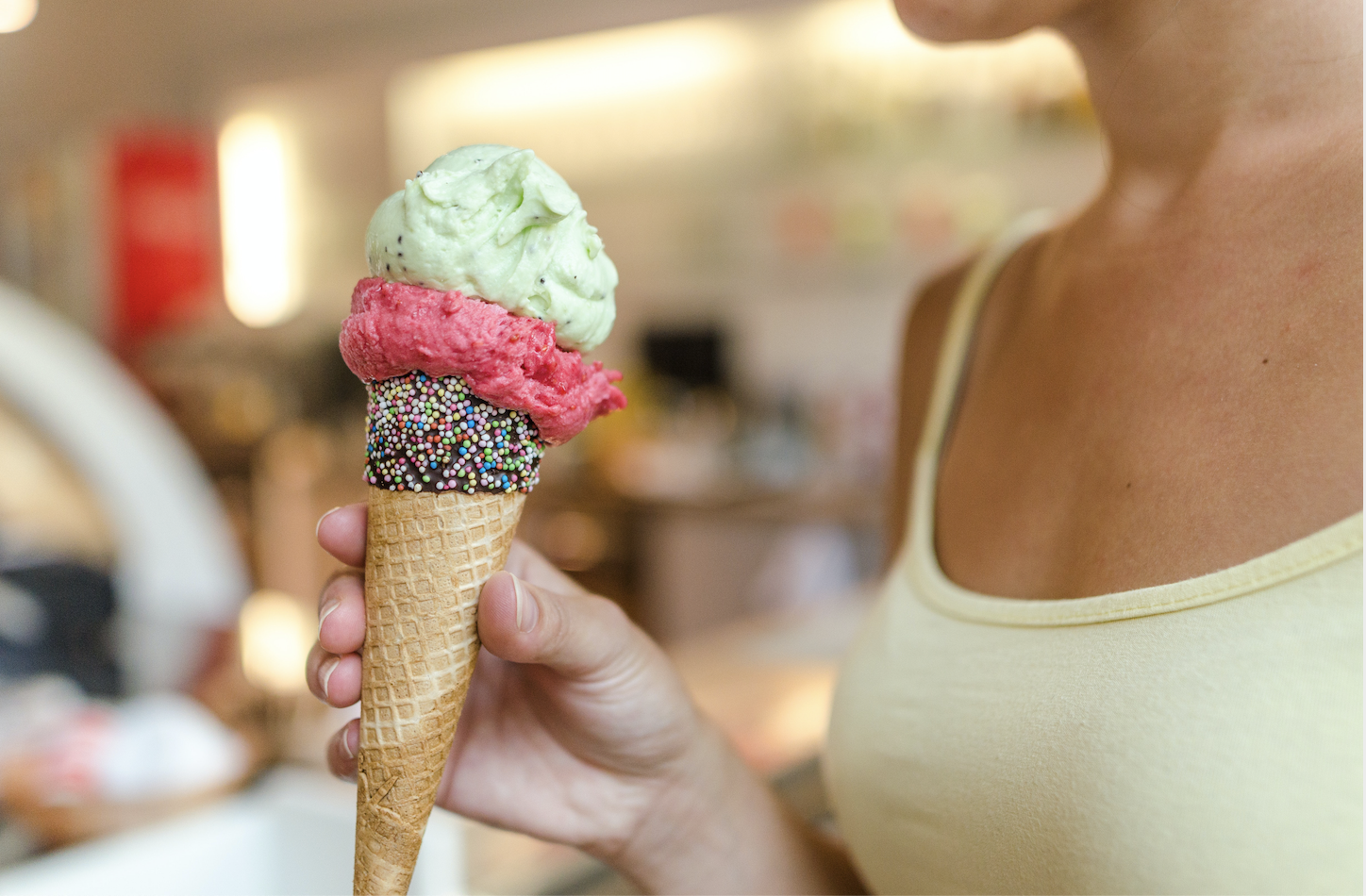
1. Ice cream
The absolute worst foods for your immune system are those high in sugar.
“When it comes to our immune system, what we eat matters a lot” says immunologist and allergist Dr. Heather Moday in a story for CNBC. “And no ingredient is more detrimental to your immune health than sugar, especially during COVID.”
Sugar inhibits the response of two types of immune cells (neutrophils and phagocytes), and increases inflammation. If you may recall, those hard-hit by COVID were those with diabetes and obesity.
And the worst sugary foods of them all is ice cream. Yes, that food known as the “happy food”, which activates feelings of nostalgia.
Sorry to break it to you, but ice cream can have up to six times the amount of sugar you should have for the whole day. Factor in the number of scoops, plus the cone and the mix-ins. Candy sprinkles anyone?
What you can eat instead: go for a low-sugar yogurt, add a dash of honey, and a sprinkle of nuts like walnuts.
2. Pastries, cookies, and cakes
More bad news for the sweet tooth: pastries, cakes, cookies, and other baked goods are generally bad for your immune system. But before you sulk, just wait, there’s a silver lining to this (we’ll get to that later).
“Combinations of sugar, white flour, butter and trans-fat are diabetes on a plate,” says Dr. Walter Willett, chair of the department of nutrition at the Harvard School of Public Health, as interviewed by Time.
These ingredients have been linked by studies to obesity and type 2 diabetes. White aka refined flour as we know is a necessary ingredient for baked stuff, but it does not have any nutritional value, and causes insulin to spike up.
Does this mean you eradicate them from your diet completely? This is where the saying “eat moderately” comes into play.
Take this advice from Dr. Rachel Johnson, a nutrition professor interviewed by Time—she refers to this gray area where eating desserts can be balanced out by being active during the day, or eating generally a diet low in sugars.
Further, better if you make your own desserts, rather than buy one at the store that’s typically loaded with chemicals and other additives. At home, you can make a healthy version of baked goodies by lessening sugar, using healthy oils, or tossing in some nuts and chia seeds.
What you can eat instead: try strawberry frozen yogurt, roasted apples with cinnamon and sprinkles of sugar, or dark chocolate chia pudding. There are many healthy dessert recipes you can try.
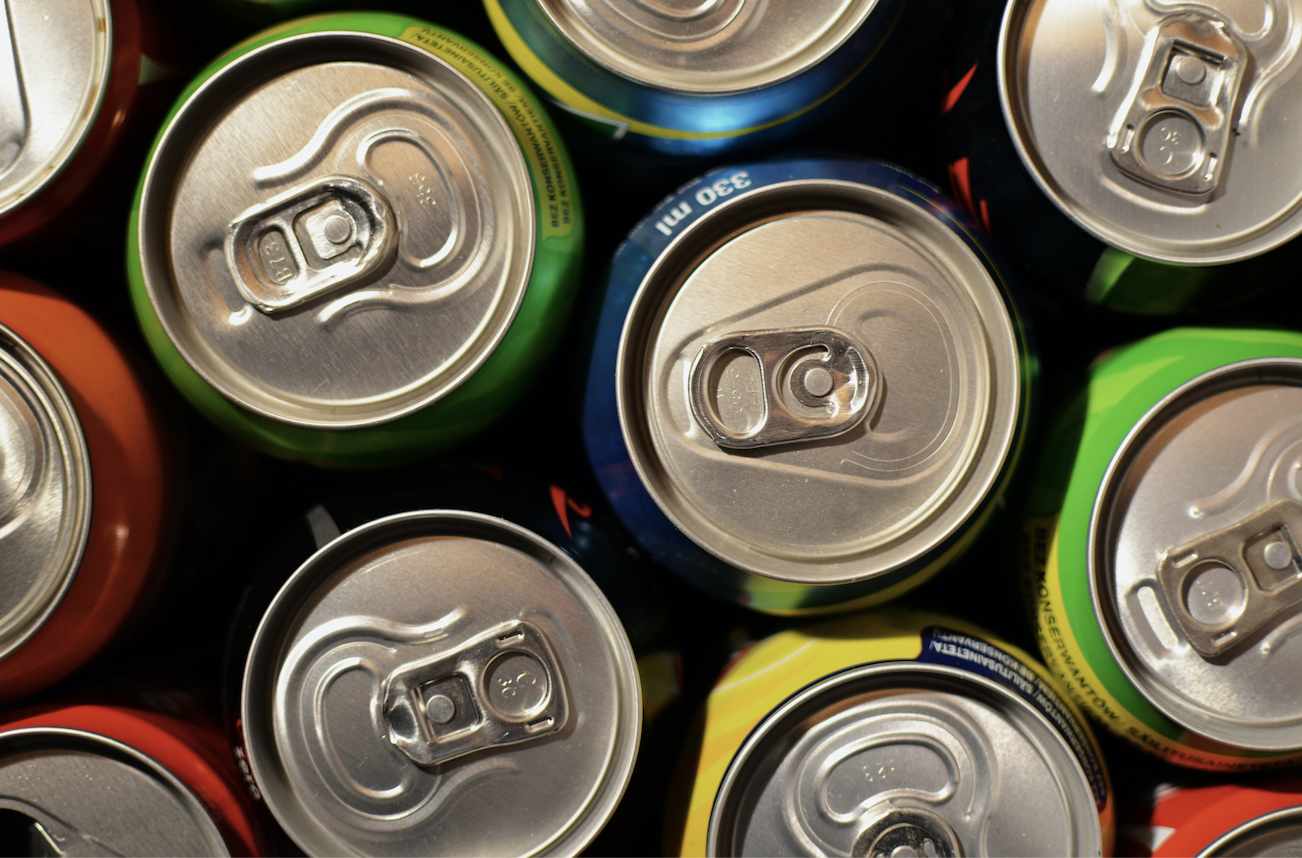
3. Soda
If you love your immune system, quit soda. Soda, also called a soft drink, is high in sugar and artificial flavorings. People call it “liquid sugar”, because that’s all you get from sipping this drink. A 12-ounce sized coke contains a whopping 9.75 teaspoons of sugar.
Soda has been linked to various ailments, such as obesity, poor dental health, and various chronic diseases.
Worse, high intakes of soda and other sweetened beverages can suppress the immune function.
What you can drink instead: Water is the healthiest (not to mention most thirst-quenching) beverage you can drink. Second to water, try unsweetened tea or coffee, which are both completely sugar and calorie-free. If you’re really craving for something sweet, prepare the drink yourself: mix water with some freshly-squeezed lemon juice (for the vitamin C)lightly sweetened with honey.
4. Energy Drinks
Hate to break it to those who are big devotees of energy drinks, but you are not doing your immune systems a favor by regularly chugging these. Energy drinks are not only high in caffeine, they’re high in sugar too, containing as much as 14 teaspoons of sugar per bottle (yes, more than soda).
What to drink instead: sugar-free coffee or tea also contains caffeine, but doctors have a better suggestion: why don’t you focus on getting adequate sleep and rest instead?
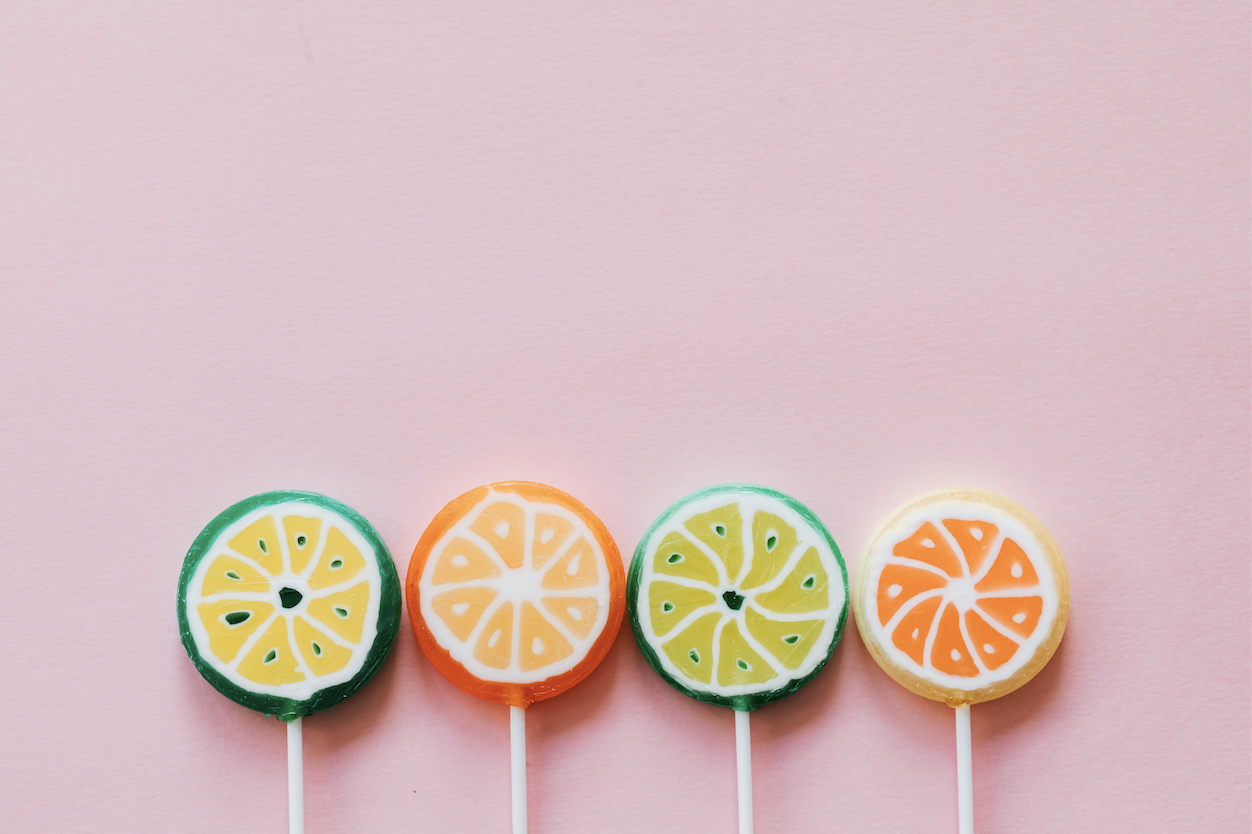
5. Candy
Willy Wonka be damned, but for your immune system, consider turning your back on candy completely.
“A 2018 systematic review in the journal Nutrients suggests that processed sugar, like those found in candy, can increase inflammatory markers in the body,” says nutritionist Patricia Bannan in an interview with Eat This.
What to eat instead: frozen fruits, fresh fruit, dark chocolate, or homemade popsicles.
6. Potato Chips
Some diet aficionados demonize snacks. But snacking isn’t bad per se, there are healthy and unhealthy snacks, and potato chips happen to fall under the latter.
Potato chips, like corn chips and pretzels, are salted and often fried, which explains why they’re highly addictive. Unfortunately, being snackable aside, potato chips are low in nutrients and highly-processed, and wouldn’t do your immune system any good.
What you can eat instead: Snack on nuts, like almonds, cashew, and walnuts. But keep in mind, not all nuts are created equal. For a guide on which nuts you should snack on, check out our story: Top 10 Healthiest Nuts to Snack On.
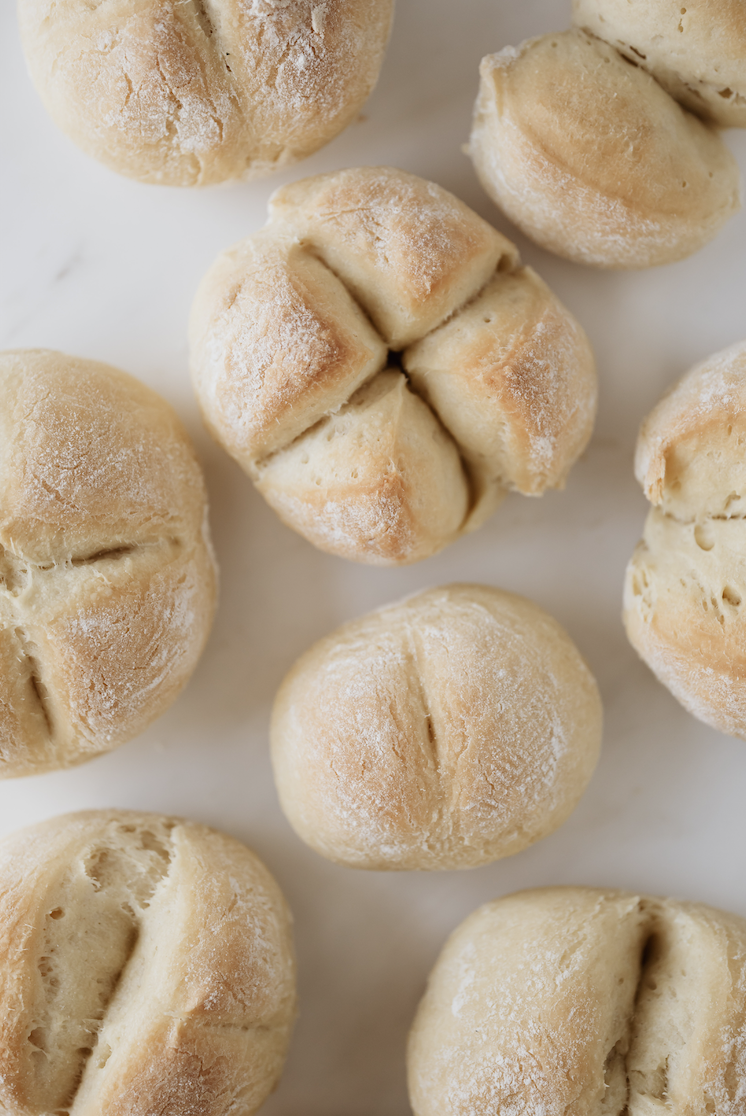
7. White Bread
Bread is a popular food staple. We eat it every day, for breakfast, lunch, or even dinner. But not many people know that white bread is a diet don’t.
The number one reason: white bread’s foremost ingredient is refined flour, which contains zero nutrition. And because it’s low in fiber which can help slow down digestion, eating white bread can cause blood sugar levels to rise. White bread is also associated with weigh gain and increased risk for type 2 diabetes.
What to eat instead: Avoid store-bought bread that’s probably made from refined flour. Instead go for artisanal bread, like whole-grain bread, rye bread, sourdough, and multi-grain bread. These are often more expensive than your regular white bread, but totally worth it for their health perks.
8. Pancakes
Also containing high refined flour are pancakes and waffles, which are popular breakfast food. In addition, pancakes are typically topped with pancake syrup and even ice cream, both high in sugar.
What you can eat instead: Opt to make a healthier version by substituting refined white flour with coconut flour or almond flour. Instead of adding pancake syrup, use fruits to sweeten your pancakes. Or may opt to ditch pancakes completely for something healthier like a breakfast smoothie bowl, or low-sugar yogurt with granola and fruits.
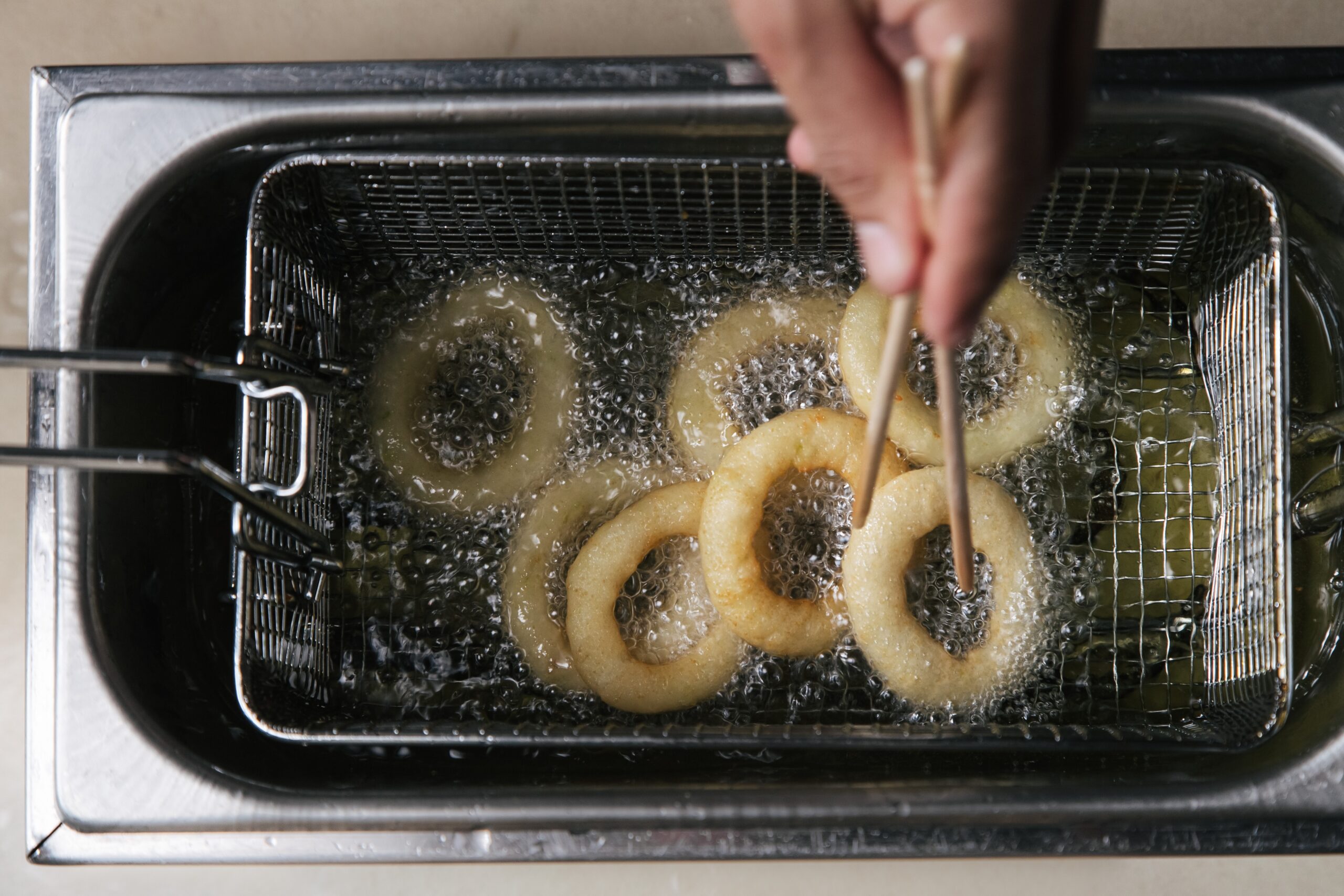
9. Fried Foods
As much as they’re addictive, fried foods are essentially full of grease, saturated fat, and sodium. We’re talking about you, French fries, onion rings, and chicken wings. Fried foods, according to nutritionists, can suppress the immune system and negatively impact the gut microbiome. To know more about how the gut directly affects your immune system, read this.
What you can eat instead: Consider baking or roasting instead of frying. You may also look at using a healthier oil for frying. (Our list of healthiest oils, found here)
10. Sodium-Filled Foods
It’s hard for most people to avoid sodium, largely because it’s hidden in many foods we normally eat every day and which are readily available when dining out. But too much sodium in our diets can lead to high blood pressure, heart disease, and stroke.
Watch out for sodium in frozen ready-to-eat meals, canned soup, cheeses, pizza, luncheon meats, and crispy snacks like chips.
What to eat instead: eat as much freshly-made food as possible, especially food that you make at home, using whole foods. Avoid eating in fast-food restaurants. Follow these cardinal rules to clean eating.
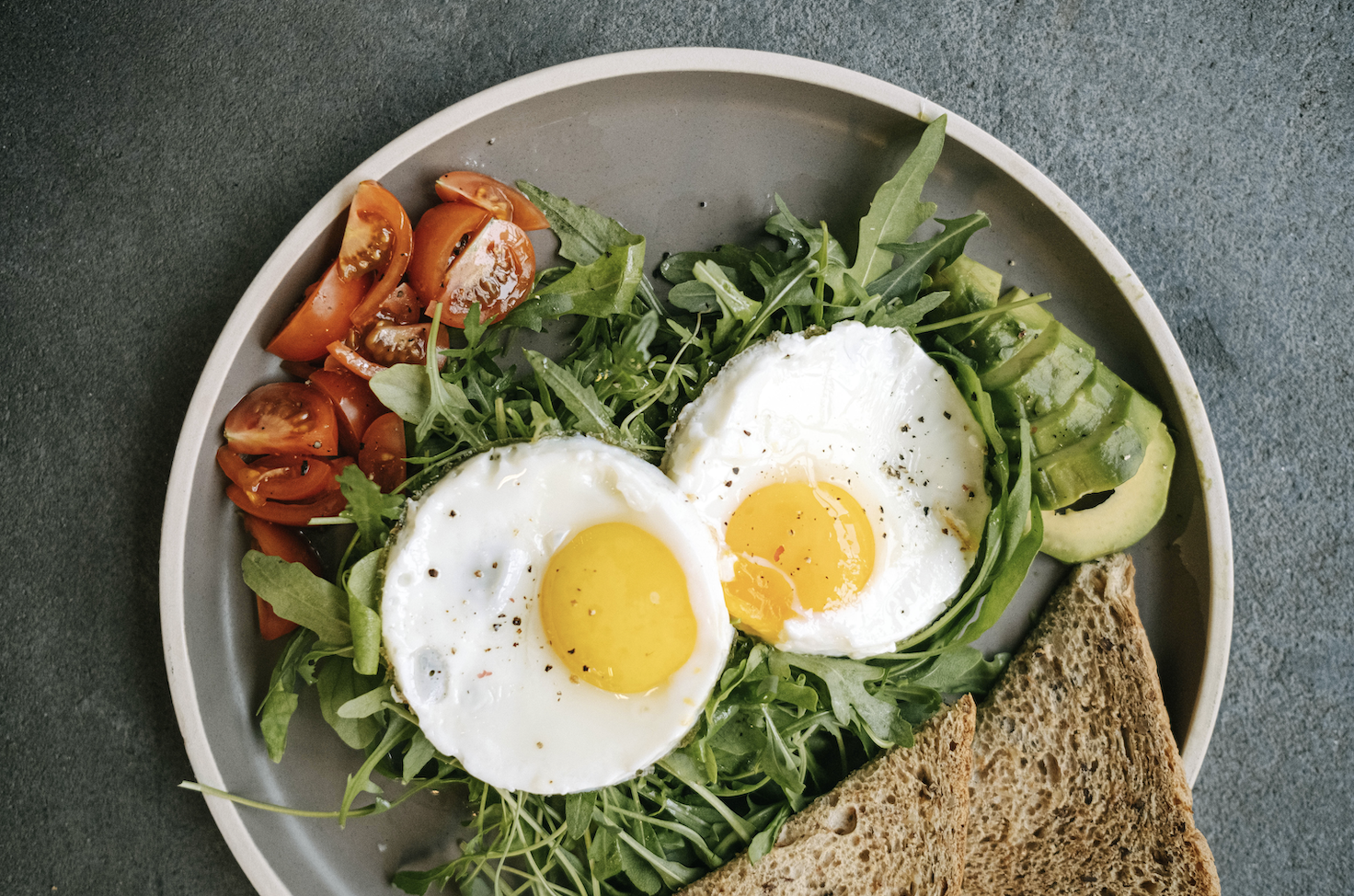
Watch out for the hidden sugars and sodium, of which there are many readily available in stores.
Hidden sugars: bread, pasta, rice, cereals (especially the sweetened breakfast ones), and even certain yogurts, fresh juices and fruits.
Hidden sodium: regular canned vegetables and vegetable juices, packaged mixes, store-bought salad dressings, dips, frozen hash browns, ready-made sauces for pasta, and sandwich spreads.
The bottom line
You might have cracked a joke at this point, “what’s left to eat?” There’s plenty! There’s vegetables, fruits, lean meats, eggs, fermented foods, nuts, tofu, mushrooms, and did we mention vegetables (of which there are 1,097 species!)
The trick is to avoid consuming as much processed and store-bought food as possible. Instead, choose to cook your own food, where you’re free to make healthy adjustments for your own good.
Eat more plants, learn to eat mindfully, and should you dine out, stick to strategies that will empower you to make healthier choices.
Instead of completely avoid the foods that evokes nostalgia and happy thoughts, convert them into healthier versions, swap sorbet for ice cream for example.
Should you be consuming bread, opt for a multi-grain or sourdough bread, and fill it with healthy toppings like avocado, eggs, and lots of vegetables. That’s filling, nutritious, and good for your immune system.
Focus on whole, real foods that were cooked with healthy oils, and the least amount of sodium or sugar. Instead, swap the salt for spices for flavor.
Should you eat a bowl of ice cream once in a while, don’t despair. Instead, balance it with a sugar-free diet, or a five-kilometer run the next day.
Balance and moderation are key to strengthen your immune system, but it’s okay to have fun and to let go from time to time. Happy eating!
Tags



0 Comments